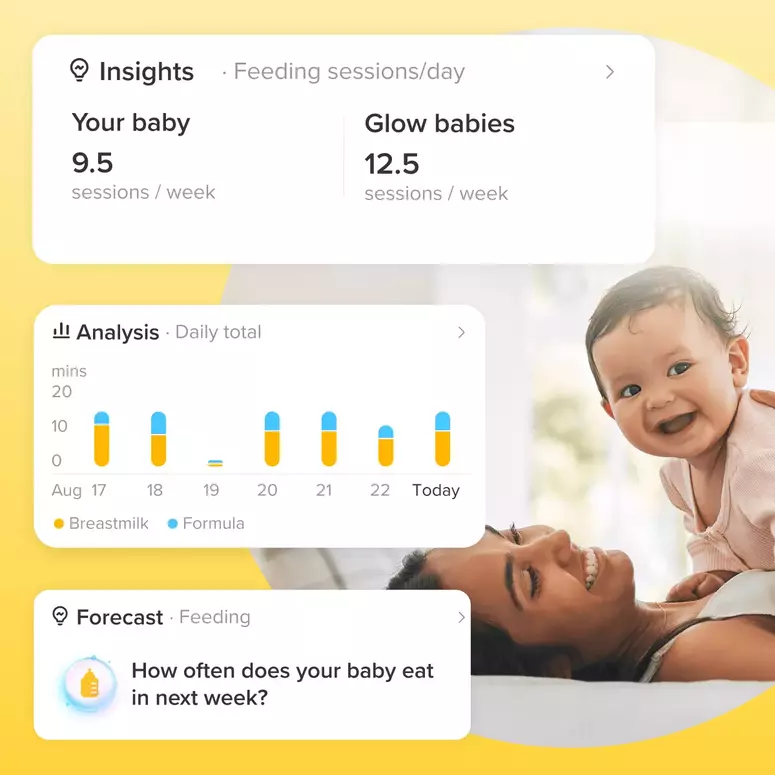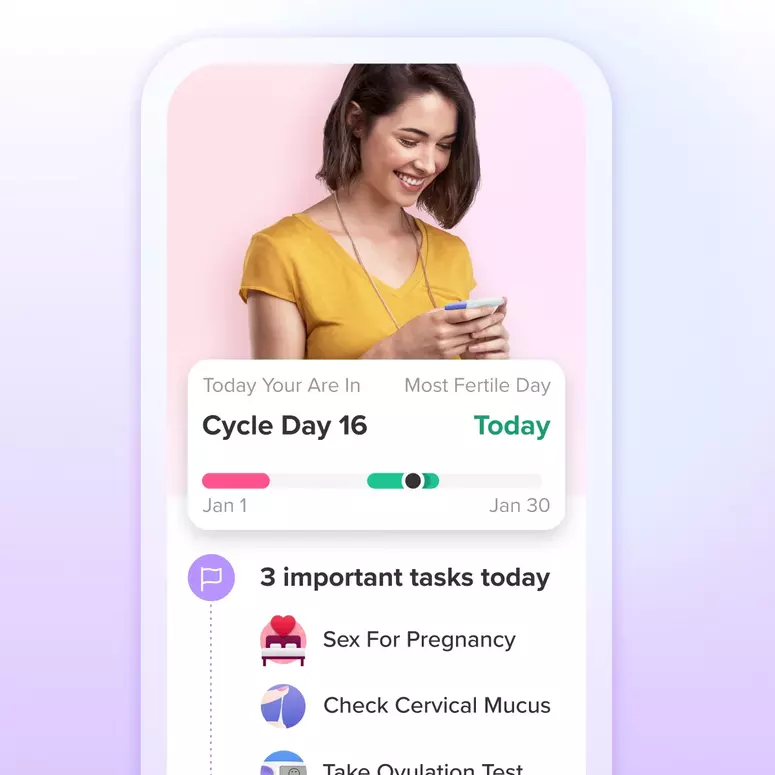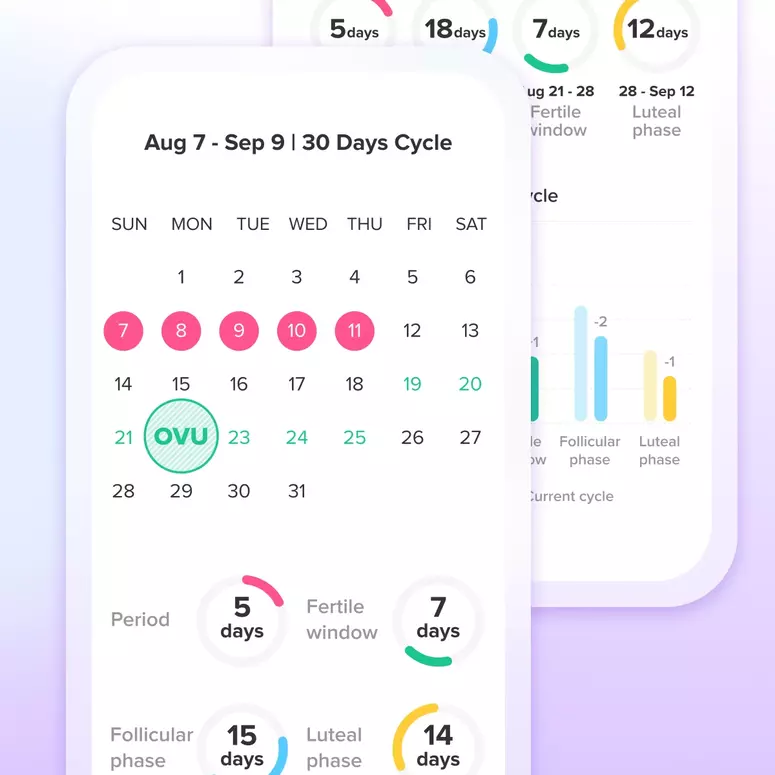Breastfeeding Tips & Red Flags
◆ When you are told that babies feed every two to three hours, time is measured from the BEGINNING of one feeding until the beginning of the next. If the feeding session itself lasts 45 minutes or an hour, that may leave less than an hour before it’s time to nurse again.
◆ Your goal is to nurse at least EIGHT TIMES a day. This may be every two to three hours or it may be a series of cluster feedings every 90 minutes, followed by a four-hour stretch. As long as the number of feedings add up to eight in a 24-hour period, it is fine.
◆ Remember this word: COMPRESSION. Just because your baby is at the breast, it does not mean the baby is drinking. If your baby seems to be doing more sleeping than swallowing, try the following trick. Encircle your breast with your hand and gently squeeze the breast tissue with your thumb. Do not stroke or massage the tissue, just squeeze and hold it down briefly. It gets the colostrum/milk flowing and will encourage your baby to have a drink.
Old Wives Tale
“My doctor told me I didn’t have enough milk.” The truth: Thirty years ago, doctors thought breast milk was supposed to come in immediately after birth—and hence when it didn’t appear in day one or two, panic bells went off. We now know that it is Nature’s Way to have colostrum first and mature milk later. This is one of the reasons why our mothers did not breastfeed us.
Bottom line
Be prepared for the 72 hour Colostrum Zone. Your mature milk will arrive soon enough.
Red flags
Check in with your baby’s doctor if:
1. You don’t have a dramatic change in your breasts by the fifth day of life.
2. You don’t hear your baby swallowing (“cuh” sound) when at the breast.
3. Your baby’s poops have not changed from black tar (meconium) to a greenish-yellowish color by the fourth day.
4. Your baby does not have at least four wet diapers on the fourth day.
5. Your baby is sleepy and hard to arouse for feedings.
6. Your baby is nursing non-stop.
Achieve your health goals from period to parenting.




